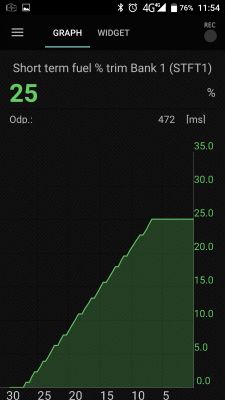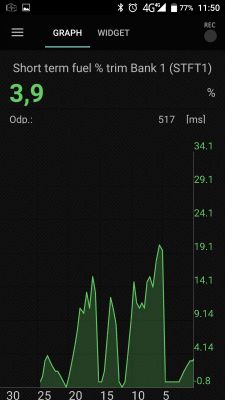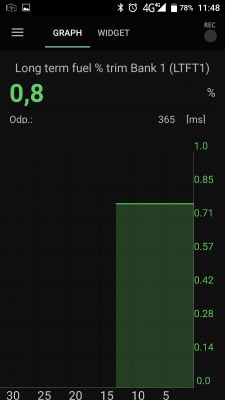Hello all. For a few days I have been struggling with LPG in my Astra H 1.4 90km (not serial LPG) with the problem of jerking, pitting and other such strange behaviors of my engine (hole about 3000 rpm). After connecting to OBD II, the following errors occur:
First configuration:
P0170 Fuel Trim,
Second:
P0130 O2 Sensor Circuit
Third:
P0304 Cylinder 4 Misfire Detected,
Fourth:
P0303 Cylinder 3 Misfire Detected,
Fifth:
P0304 Cylinder 4 Misfire Detected,
P0170 Fuel Trim,
Sixth:
P0303 Cylinder 3 Misfire Detected,
P0130 O2 Sensor Circuit
P0170 Fuel Trim,
The most common occurrences are P0170, then P0130, and the rest in total one time.
Lambda:
Lambda probe voltage indications are no less strange than "error configurations"
Lambda 1:


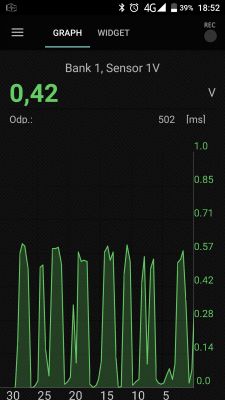

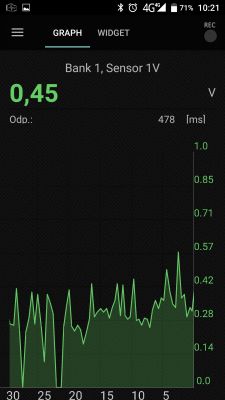

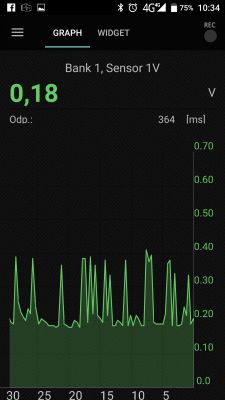
Probe 2 behind the angle:
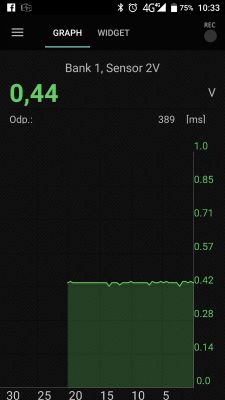
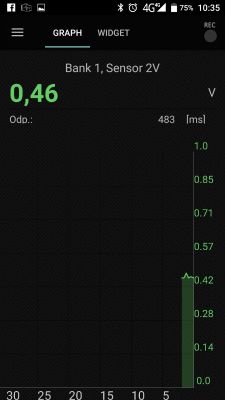
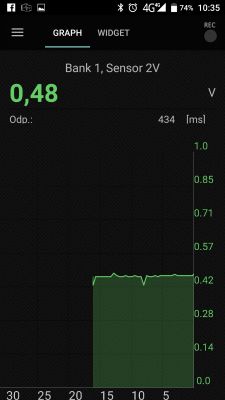

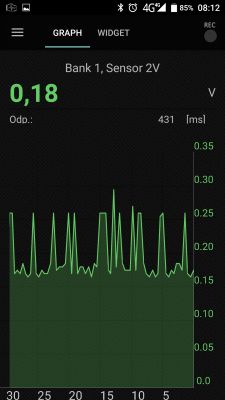
The above measurements are made at idle speed, after adding the gas suddenly, little changes in total, in 90% the indications from Probe 1 oscillate between 0.00-0.45 max.
So I don't understand anything about it anymore, as if it worked well and sometimes bad, most measurements of probe 1 (before the angle) show the lower range of the probe (0.00-0.35) so I checked the tightness of the intake system using the "Plak" method. Well, it turned out that the intake is ok.
Of course, I measured the probe with a meter (heater resistance, voltage applied to the heater, voltage on the signal wires from the controller side is about 0.45V, if I remember correctly, the voltage on the wires from the sensor side also shows and waves in a range similar to the ELM indications.
Honestly, I am slowly trying to replace this probe (which is not a difficult activity because it is trouble-free, you only know "many mana". I hope that I have described everything I did, if I forgot something, I will add in the posts. Maybe you have any ideas what maybe be the cause of this crash?
First configuration:
P0170 Fuel Trim,
Second:
P0130 O2 Sensor Circuit
Third:
P0304 Cylinder 4 Misfire Detected,
Fourth:
P0303 Cylinder 3 Misfire Detected,
Fifth:
P0304 Cylinder 4 Misfire Detected,
P0170 Fuel Trim,
Sixth:
P0303 Cylinder 3 Misfire Detected,
P0130 O2 Sensor Circuit
P0170 Fuel Trim,
The most common occurrences are P0170, then P0130, and the rest in total one time.
Lambda:
Lambda probe voltage indications are no less strange than "error configurations"
Lambda 1:







Probe 2 behind the angle:





The above measurements are made at idle speed, after adding the gas suddenly, little changes in total, in 90% the indications from Probe 1 oscillate between 0.00-0.45 max.
So I don't understand anything about it anymore, as if it worked well and sometimes bad, most measurements of probe 1 (before the angle) show the lower range of the probe (0.00-0.35) so I checked the tightness of the intake system using the "Plak" method. Well, it turned out that the intake is ok.
Of course, I measured the probe with a meter (heater resistance, voltage applied to the heater, voltage on the signal wires from the controller side is about 0.45V, if I remember correctly, the voltage on the wires from the sensor side also shows and waves in a range similar to the ELM indications.
Honestly, I am slowly trying to replace this probe (which is not a difficult activity because it is trouble-free, you only know "many mana". I hope that I have described everything I did, if I forgot something, I will add in the posts. Maybe you have any ideas what maybe be the cause of this crash?



